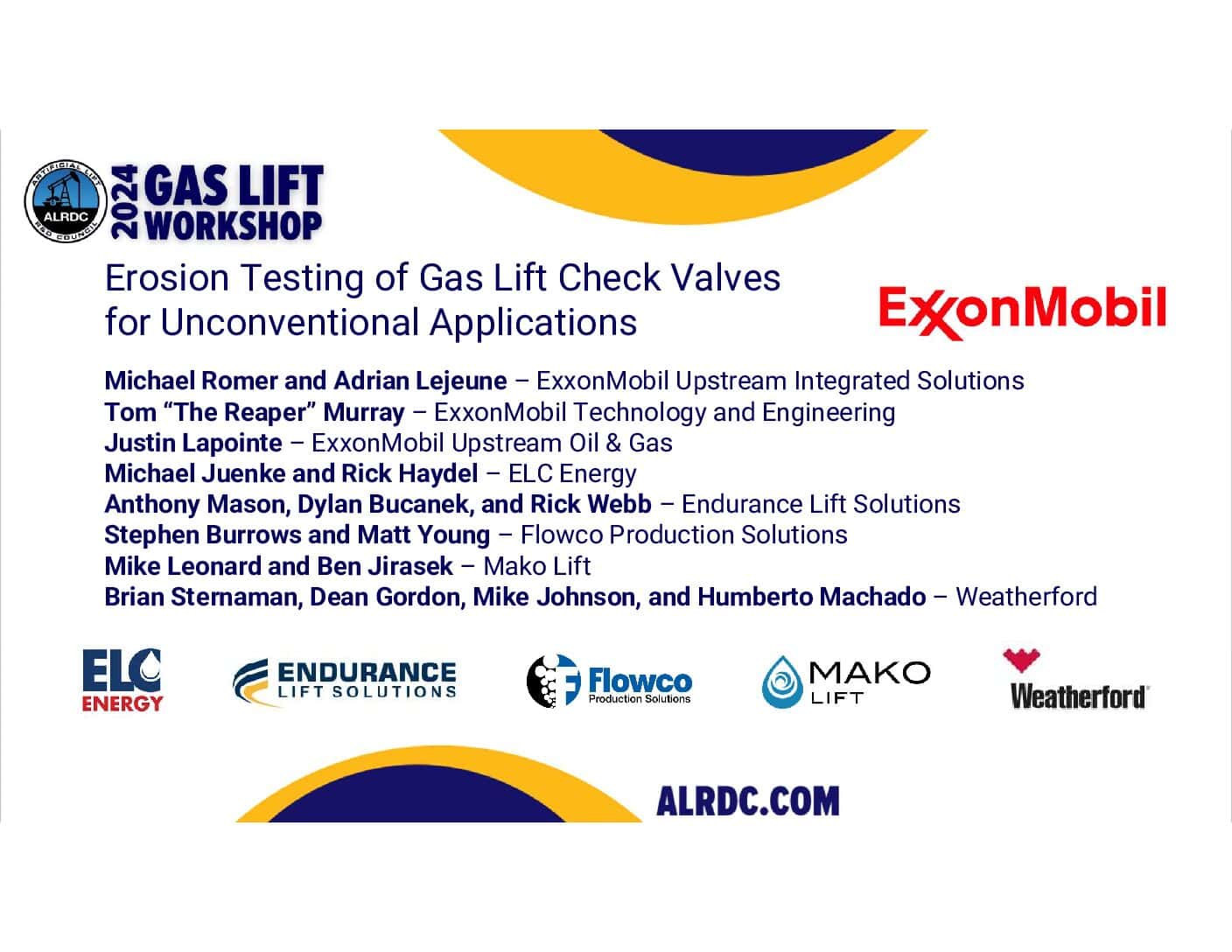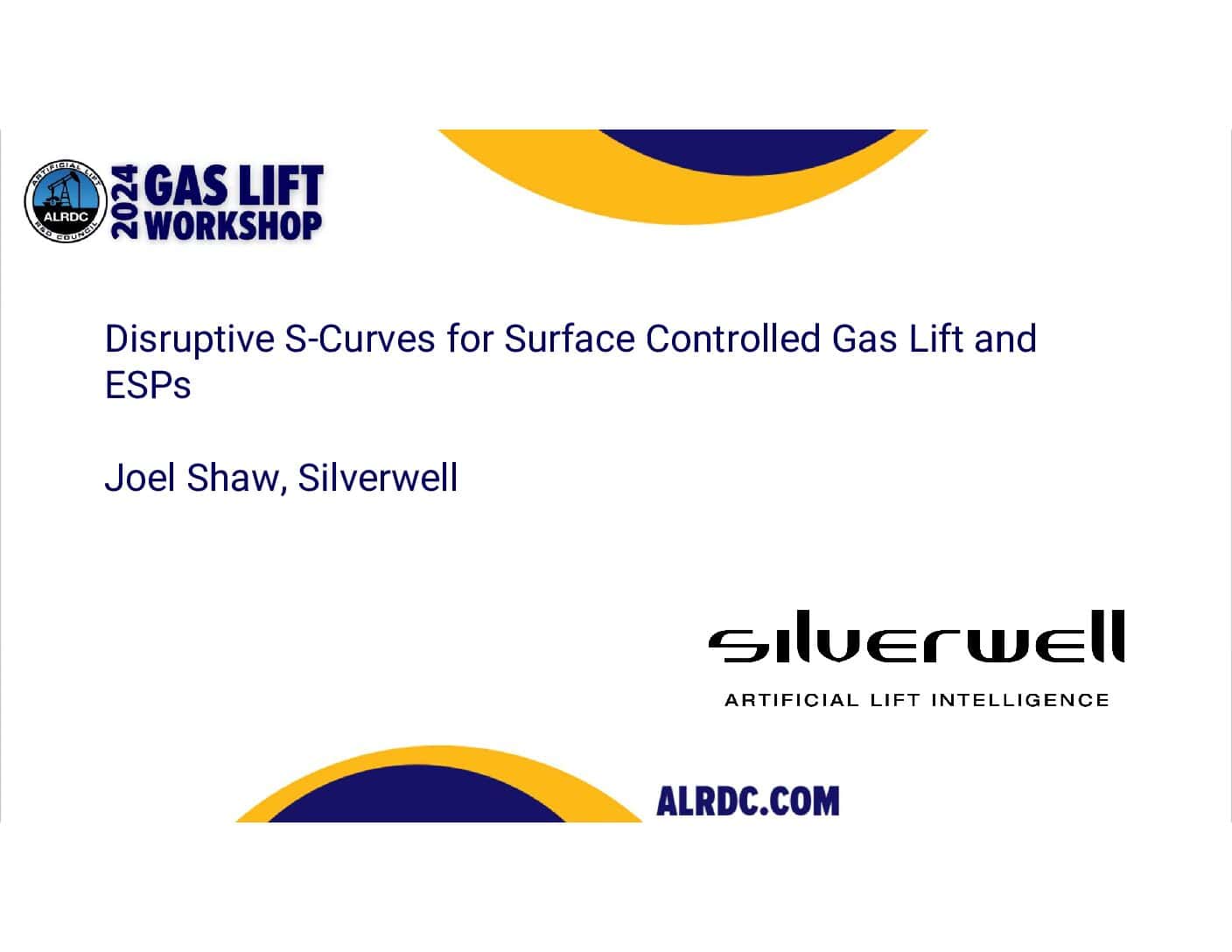The Success Story of High Pressure Gas Lift In Onshore Unconventional Production

The Success Story of High Pressure Gas Lift In Onshore Unconventional Production Presentation: Scope/Objective This presentation explores an artificial lift method whose use is rapidly expanding in onshore North American unconventional reservoirs. High Pressure Gas Lift (HPGL) as it is known, is reviewed both from a historical and technical perspective. The factors behind HPGLs success […]









